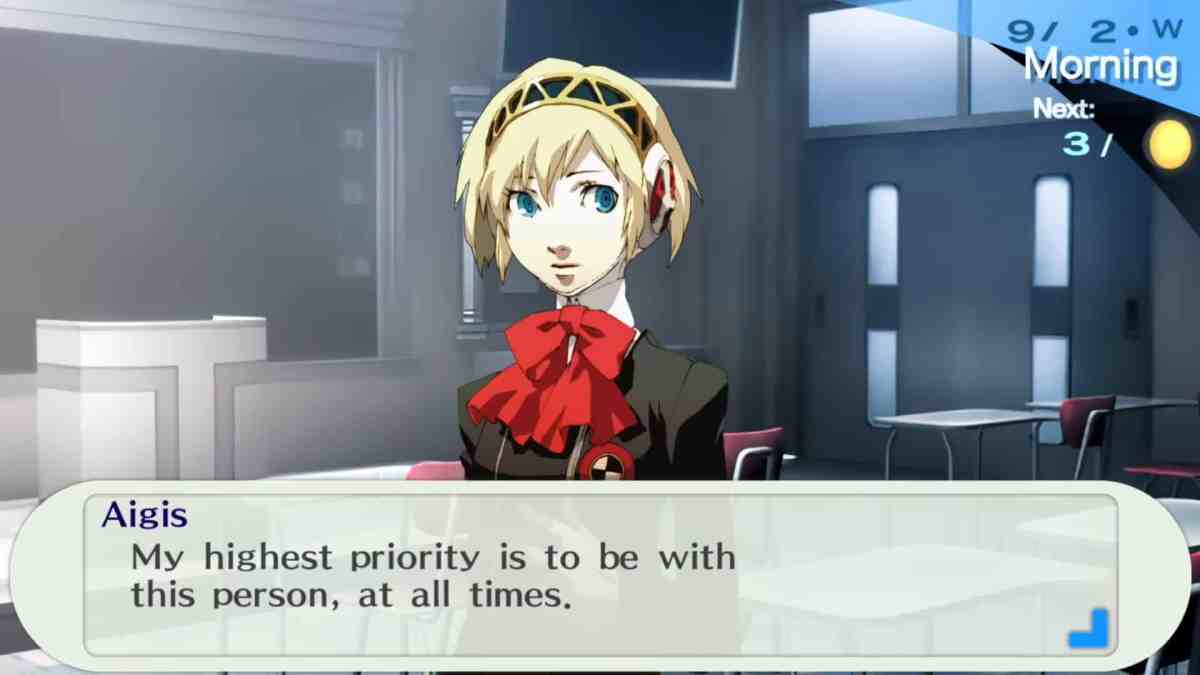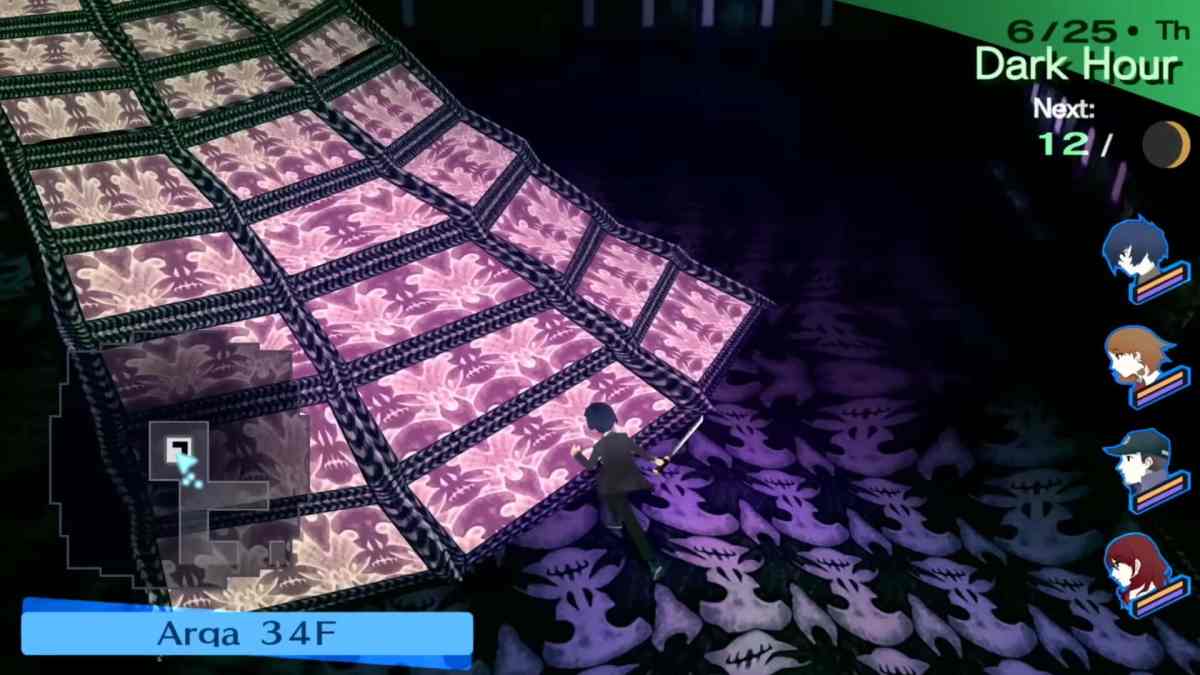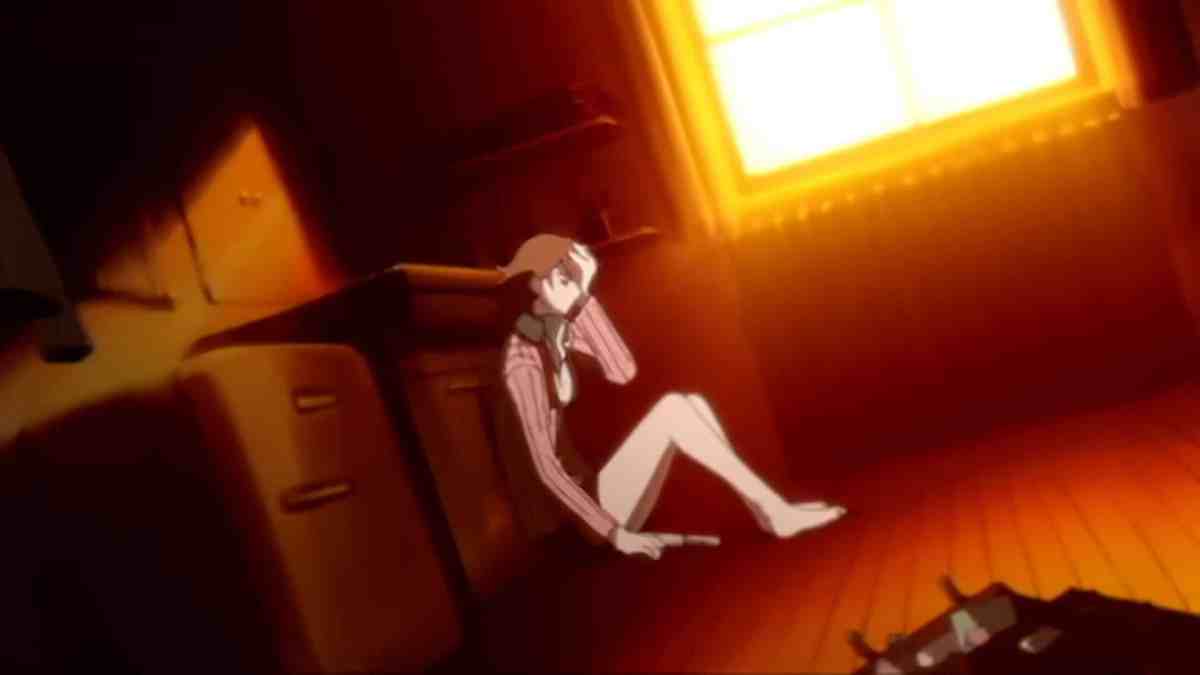Despite past rumors, it still came as a shock to learn last month that Persona 3 Portable, 4 Golden, and 5 Royal are coming to Xbox and PC, PlayStation 4 and PlayStation 5, and even Nintendo Switch. However, this news has reignited a debate within the Persona community. While Persona 4 Golden and Persona 5 Royal are universally accepted as the definitive versions of each entry, Persona 3 had two different enhanced versions that go about optimizing the original game in very different ways.
First came the expanded edition on PlayStation 2, Persona 3 FES, and then a few years later came the PSP port of the game, Persona 3 Portable. By selecting the latter for re-release, Atlus has effectively declared that Persona 3 Portable is the definitive Persona 3 experience.
And you know what? Atlus is right. Persona 3 Portable is the definitive Persona 3 experience.
On the surface, it would be easy to argue that FES is the definitive P3 experience simply because it was released on a home console, while P3P released on a handheld. However, that would be a gross oversimplification of what actually makes P3P stand out as a game compared to FES. P3P had a huge amount of limitations, yet it still was able to deliver a more refined experience that shows just how aged FES, as well as the original Persona 3, has become.
Obviously, the biggest downgrade from the PS2 versions of the game to Persona 3 Portable was in the presentation. Like with most Persona games, when you’re not dungeon-crawling, you’re left to your own devices and can accomplish a number of smaller tasks like boosting your character’s stats, taking on part-time jobs, or getting to know other characters as Social Links. On PS2, this all occurs by wandering around 3D locations and finding who or what you want to interact with.

In P3P, these environments are replaced with 2D screens that you drag a cursor around and highlight the person or thing you want to interact with. The only 3D elements of the world left are the dungeons and battles, as even the in-game cutscenes are replaced with visual novel-style character portraits talking with one another, and the animated cutscenes are just replaced with still frames.
Admittedly, not being able to watch important character moments play out physically does weaken the impact of story sequences in P3P a little. However, I would argue these changes also cut down a lot of the fat from the PS2 versions. After all, wandering the overworld is exactly that — you just wander aimlessly looking for someone to talk to. In a JRPG that takes dozens of hours, it slows the pace down, but being able to quickly scan a single screen for the character or interactable object in question speeds up the pace of the game. Plus, the combat and dungeon-crawling, where you’ll be spending the majority of your time, haven’t changed that much. Rather, it’s actually improved tremendously.
Persona 3 Portable was released after Persona 4, so naturally, all of the mechanics introduced in that game have carried over to P3P. These alterations range from mild ones, like party members being able to act immediately after getting over being stunned, to more major ones like party members taking a fatal blow for the main character. And then there are the additions that make you wonder how P3 or FES was even playable without them, like being able to defend or, most importantly, being able to control your party.
Yes, in Persona 3 and FES, you only had control of the MC, and your party was controlled by AI. This has led to some infamous jokes within the community, like how Mitsuru’s AI would spam Marin Karin whenever she got the chance instead of doing something useful like attacking the enemy or healing you. The result would be frustrating fights that you could lose through no fault of your own, so that alone should make P3P the definitive edition of the game.

Plus, P3P is the only entry in the series that has a second campaign, in the form of a playthrough with a female protagonist. While this isn’t the first time in the series that has happened (though most people forget that Persona 2: Eternal Punishment was a thing), the addition gives you a fresh and exciting new way to play. You’ll still hit the same story beats, but several of the Social Links are different, dialogue options and story sequences in the game are now altered, and you can romance the male characters.
You’ll be able to see different sides to the characters you got to know on your first playthrough. Strikingly, characters will even treat you differently depending on if you’re a boy or a girl, something that you still don’t see often in games. Additionally, the aesthetics of the menus change as the Female MC, and the soundtrack is now a lot peppier. Dare I say, I think the Female MC soundtrack is far superior to the Male MC soundtrack.
If a person is adamant about FES being the definitive version of Persona 3, it’s usually for one reason and one reason only: the new story content, with a postgame quest called “The Answer.” There’s about 30 hours’ worth of content to it, and most of it comes across like fan fiction. Without getting into spoilers, the conflict the party comes across seems forced and undercuts the thematic weight of the main game, especially its ending. There are also no Social Links or overworld navigation — just 30 hours of dungeon-grinding in a game where you’ve already done dozens of hours of dungeon grinding. And it’s brutally difficult dungeon-grinding too, thanks to enemies having cheap abilities that require more luck to overcome than strategy.

That’s really all FES has going for it as far as content. And frankly, P3P doesn’t include it for good reason. FES still presents the visuals and story better, but everything else that was improved upon in FES was also implemented in P3P, in addition to its many other aforementioned enhancements.
Obviously, the ideal scenario would be to make a full-blown remake of Persona 3 that takes the best of both games and adds them together. Get the 3D environments and superior presentation of FES and combine them with the refinements made in P3P with the extra content of both games (minus “The Answer”). However, given that Atlus has opted to just port one of the two enhanced versions of Persona 3, I think it’s safe to say that dream is dead for the foreseeable future.
However, Atlus has done the right thing in allowing a new generation of players to explore the world of Persona 3 with this new port. More importantly, it made the correct decision of porting Persona 3 Portable over the inferior Persona 3 FES. And if you can’t acknowledge playing Persona 3 Portable on a home console, buy it for Switch and play it in handheld mode.
